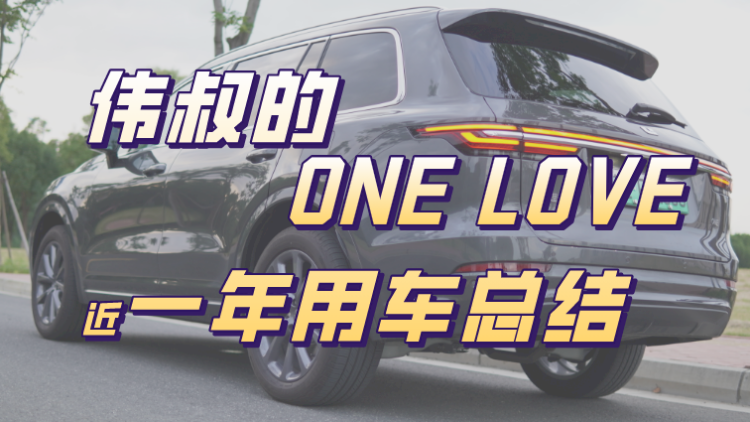Test Drive of LI ONE
- Apr 27, 2020: First test drive of LI ONE
- Apr 29, 2020: Placed an order for LI ONE on the app
- May 2, 2020: Became a proud owner of my first new energy vehicle LI ONE
- Jan 15, 2021: LI ONE accompanied me on my first 10,000 km drive
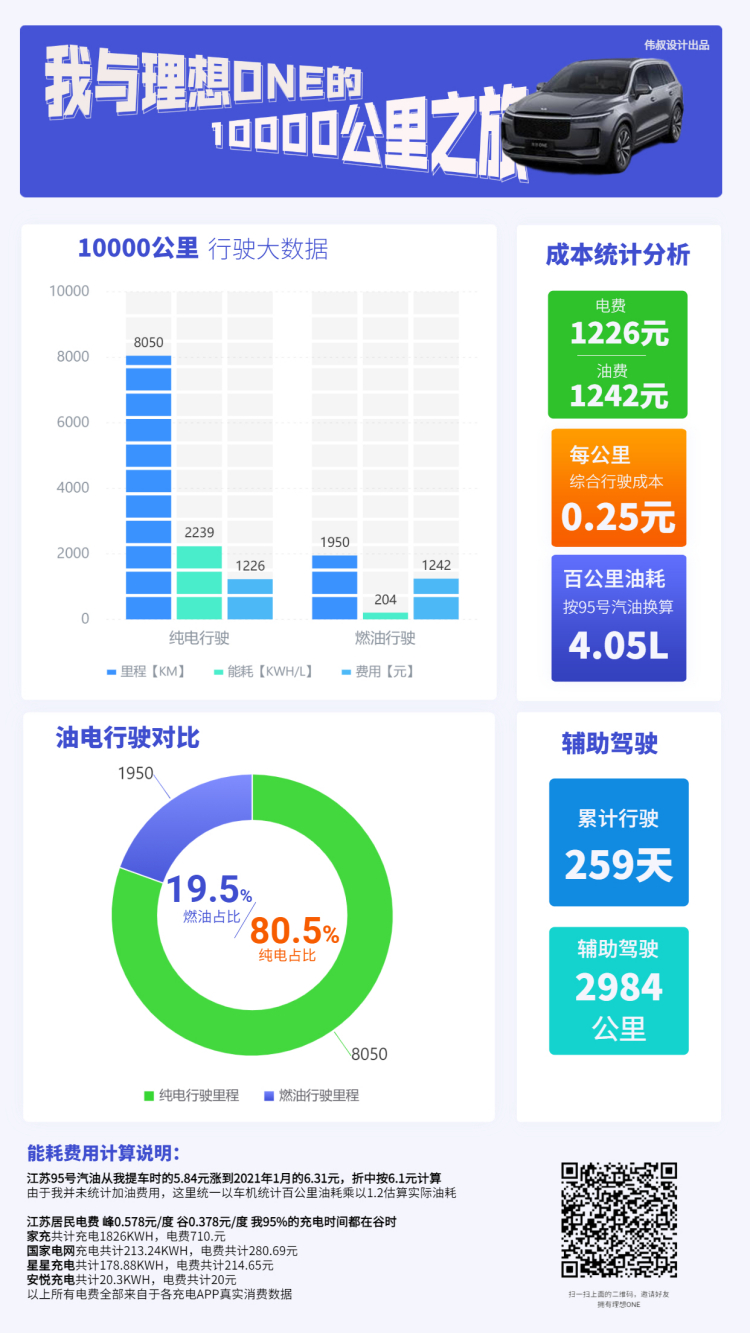
If we rewind 5 years back, just like many other car enthusiasts, I never imagined my first electric car to be from a domestic automobile brand. While Tesla attracted me with its smooth handling and futuristic large display, Nio impressed me with their dedication to building extreme car services and genuine electric vehicles. LI, on the other hand, won over my heart with its practical approach towards user experience and its ONE model.
As the 6208th owner of my car, I must admit, as a new force automobile brand with little to no collection of users, it did come across as a bit risky to plunge my money on their first electric vehicle. But on the bright side, in my over 10,000 km drive experience, the ONE has lived up to its name by reaching the realm of perfection.
Luckily, I haven’t faced any mechanical or electrical issues during my drive. The central screen has smooth operation and the user interface is very friendly. Perhaps, this could be due to the fact that I covered 80% of my mileage solely on electric.
The only two times I had to take it for repair were:
- The front passenger seat-back got stuck once after being pushed down, but the service center replaced the seat for me, no questions asked.
- The trunk’s 12V outlet’s fuse got damaged due to high charger load, and the mechanic promptly came to my home with a spare fuse and got it fixed, also providing an additional vehicle inspection.
LI’s manufacturing quality and aftersales service truly impressed me. The ONE is remarkable for an automobile brand’s first electric vehicle launch. It ranks right up there with Tesla and Nio!
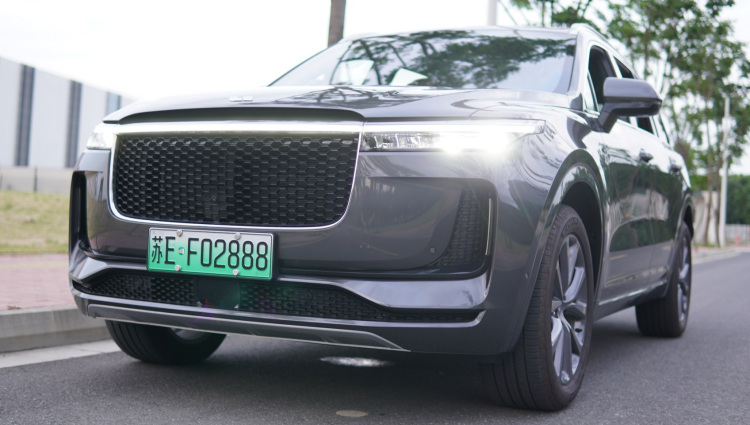
Many people might think that I’m a die-hard fan of LI. But before buying the ONE, I drove almost all of Tesla’s and Nio’s models extensively.
The first thing I needed was a mid-to-large-sized 6-7 seater SUV; it had to be purely electric-driven (anyone who has driven an electric car knows what I mean by “no going back”), and lastly, the car infotainment system had to be smart enough and upgradable.Only after level 3 of autonomous driving software and hardware can we truly achieve it
(Personally, I am a big screen controller. For information on intelligent cabins, you can refer to my previous articles and videos.)
To be honest, in order to experience the technology of electric vehicles and assisted driving, I was even willing to sacrifice vehicle space and seating capacity to choose the MODEL3!
Because we already have a Q5 at home, and two cars are enough for our family of six to travel together.
In the second half of 2018, when I saw the avant-garde and modern design and exquisite interior of the NIO ES8, and had a test drive experience, I had already paid the deposit. After attending the NIO DAY concert at the end of that year, while I was riding back with a car friend from Suzhou, my butt was rubbing against the NAPA leather seat in a happy mood, and my head was staring at the lovely NOMI and the shiny central control large screen, I kept silently repeating in my mind: This TMD is my first new energy SUV!
At this point, however, ideals have not yet entered my sight.
Because, although I have heard that Li Xiang wants to develop extended-range electric vehicles, I am inevitably influenced by online public opinion, thinking that extended-range electric vehicles are a waste of time.
It is called new energy, but carrying an engine is not very environmentally friendly!
What? Can extended-range electric vehicles solve range anxiety? Isn’t Tesla Supercharging and NIO battery swapping superior?!
However, after I thoroughly read the early user experiences and evaluations of Tesla and NIO car owners, I realized that pure electric range and energy replenishment efficiency cannot meet my desire to drive recklessly.
The day before I was going to pay the final payment for the ES8, I found out that the winter range was only 250 km.
Battery swapping sounds great, but there are very few charging stations, and queuing can also be frustrating.
So I chose to wait for higher energy density batteries and a more perfect and efficient charging network.
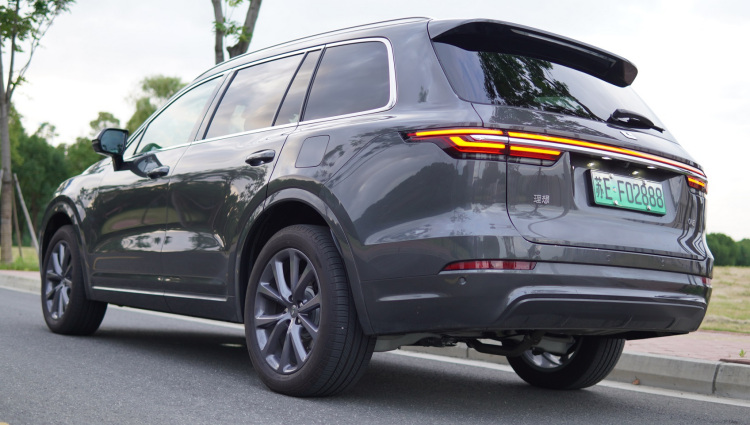
It wasn’t until 2020 that after test driving the ONE, I couldn’t resist the urge to embrace new energy vehicles and traveled with Li Xiang ONE!
This one-year driving experience can be summarized as follows:
Linear and smooth acceleration
Strong and plentiful power
Simple and intuitive car UI, responsive app operation
Spacious enough to hold the joy of our entire family
ACC + LKA are stable enough and meet the needs of assisted driving scenarios on high-speed highways
Worry-free after-sales services
Although I don’t like the noise and vibration of the range extender, as long as I don’t run out of electricity on the highway, the noise and vibration can be almost ignored, and it does not affect my driving pleasure.
Although many car owners envy the automation capabilities of other new forces, I am no exception, but the road conditions in China really cannot support overly aggressive autonomous driving functions under the current software and hardware technologies.Moreover, the Ideal ONE is an absolutely dedicated dad car,
keeping the steering wheel firmly in your hands,
giving a guarantee of happiness to the whole family!
At least, with the current hardware configuration, the Ideal ONE has given me an almost 90% excellent experience!
After reading so many brainless attacks on Ideal and range extender technology on the Internet, I feel both angry and amused.
With Ideal’s current technology accumulation and vehicle platform architecture, it should be easy to introduce a pure electric EV.
The problem is that the weight of mid-to-large-sized cars is too heavy, and it is difficult for the current battery density to support a range of more than 500 KM on WLTP.
If pure electric is added purely for the sake of pure electric, and the user’s energy anxiety is increased, thereby limiting the use scenario of the vehicle, the ultimate result is a negative impact on the user experience.
The CEO insists on putting user experience first, which is why he angrily scolds those “technologically ignorant” people who lack “user thinking.”
I fully understand this, but the occasion is really inappropriate.
I am personally very much looking forward to seeing Ideal’s next-generation pure electric models.
In two years, when battery technology and energy supplement efficiency improve to achieve more than 600 KM of pure electric range and 250 KW fast charging becomes more popular,
I will not hesitate to choose to upgrade to Ideal’s pure electric model!
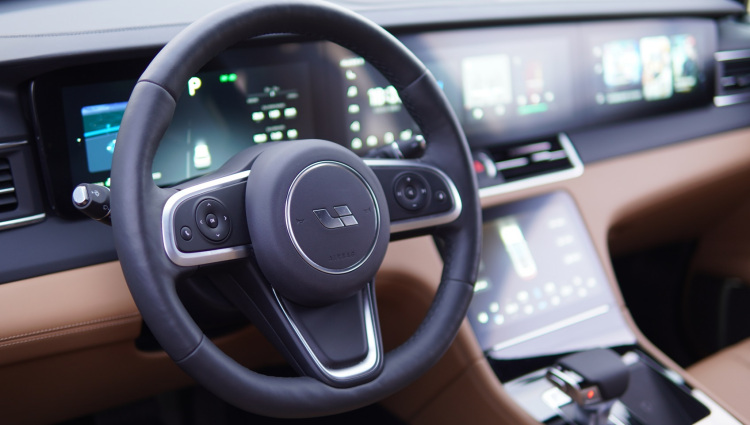
The question is, will there be anyone or any official to take over my ONE by then?…….
This article is a translation by ChatGPT of a Chinese report from 42HOW. If you have any questions about it, please email bd@42how.com.
